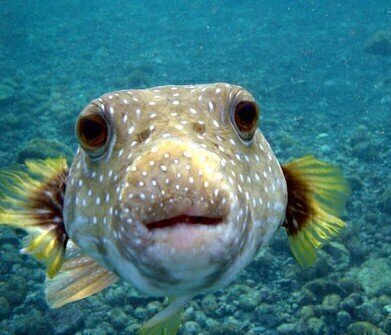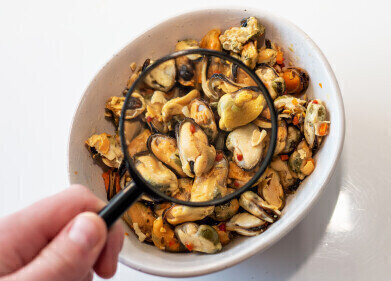GC-MS
Is Your Fish on Medication? Chromatography Investigates!
Jan 15 2016
Use of pharmaceuticals is increasing — with an increase of around 50% in market value over the last ten years to almost one trillion dollars. A growing population living longer, coupled with greater access to health care around the world, means we are consuming more pharmaceuticals than ever before. And whilst this may mean a better life for humans — it doesn’t for the world’s ecosystems.
In an ideal world, everything we consume would be used up in the body with no waste. However, as we know, this isn’t the case. Our urine and faeces contain any unused drugs and their metabolites, which means they enter wastewater streams when we excrete them.
But what happens then? Could they find their way into our food chain? Are we unknowingly eating pharmaceuticals in the food we consume and how do you detect them?
GC method for environmental drug monitoring
An article published in the journal Food Chemistry — Pharmaceuticals in grocery market fish fillets by gas chromatography–mass spectrometry — has developed a gas chromatography method to analyse fish samples for drugs and their metabolites. With their polar nature, one method for detecting pharmaceuticals in environmental samples is to use liquid chromatography coupled with tandem mass spectroscopy (LC-MS/MS). Using MS in environmental analysis is discussed in the article, Recent Advances in the Applications of Mass Spectrometry to Environmental Matrix Analysis.
Compared to gas chromatography – mass spectroscopy (GC-MS) though, LC-MS/MS methods can use more sample or standard volume per injection when investigating environmental samples. With the increasing cost of reagents and disposal of waste chemicals — and the fact that in most cases GC systems are usually less expensive to run and maintain than LC systems — a GC method would offer some advantages.
So the team from the Northwest Missouri State University looked to develop and validate a cost effective gas chromatography method for the analysis of drugs and their metabolites. The team used a capillary column (30 m long 0.25 mm i.d.) and helium as the carrier gas at 1.2 ml/min. A thermal gradient was used to separate the samples into their various components — starting at 60?C and rising through stages to 300?C where the temperature was held for 6 minutes for a total run time of 33.33 minutes. The components were then identified using a mass spectrometer.
Fish fillet and diazepam please — hold the salt and vinegar
The method was validated by the team using standard samples and internal calibration — leading to what is described as ‘a robust GC-MS method that could be used for the analysis of many pharmaceuticals and metabolites from fish tissues.’
Three main drugs and their metabolites were determined using the method — with the anti-histamine drug diphenhydramine and the anti-anxiety drug diazepam found in the fish fillets analysed. Although the levels of the compounds found are very low and unlikely to cause any human health issues — the team do suggest that the levels be monitored in a periodic fashion.
Fish and chips anyone?
Image by via Wikimedia Commons
Digital Edition
Chromatography Today - Buyers' Guide 2022
October 2023
In This Edition Modern & Practical Applications - Accelerating ADC Development with Mass Spectrometry - Implementing High-Resolution Ion Mobility into Peptide Mapping Workflows Chromatogr...
View all digital editions
Events
Apr 23 2024 Kintex, South Korea
Apr 23 2024 Seoul, South Korea
Apr 28 2024 Montreal, Quebec, Canada
May 05 2024 Seville, Spain
May 15 2024 Birmingham, UK














